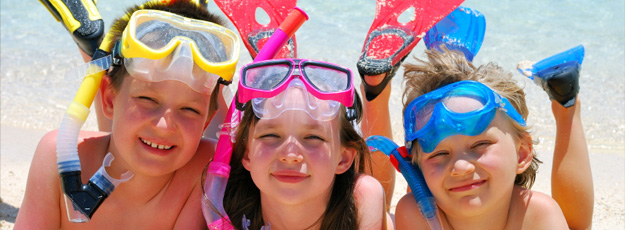Everyone knows that reading is like feeding your brain with knowledge and it’s good for you. However, it’s never been clear about what exactly happen to your brain when you are reading.
Carnegie Mellon University researchers conducted a research using fMRI analysis showing that certain brain regions lit up when people read a fantasy book when the movement of a character was described just like when they experience when they observe the usual motions in daily life. The intention of the character was also processed in the same brain region where the intentions in the real world were processed.
Visualised Brain
The researchers performed fMRI on 8 participants reading the “flying lesson” part popular fantasy book – Harry Potter. The researchers then studied each cubic millimetre of the scans in 4-word segments. This helped them create what it is called the very first “integrated computational model of reading.” 4 words show in each 2 seconds scan and for each word, 195 brain feature processes were detected and then the linkages between different word features and different brain areas were caught.
With this method, the research team was able to predict which part of the story was being read with high level of accuracy of 74 percent. The advantage of this study is its potential to analyse brain sub-processes which would be beneficial for visualizing and fighting against brain disorders.
Another study using Carnegie Mellon Machine led by Leila Wehbe, a Ph.D. student from the Carnegie Mellon Machine Learning Department and a Carnegie machine learning specialist, Tom Mitchell, also concluded that the everyday life regions of the brain are involved in processing stories read from books. The finding was really encouraging as it showed that it is possible to pinpoint the regions of the brain based on the type of feature they are serving.
Deeper Analysis of Different Reading Characteristics
The exciting plan is once they can characterise what the similarities are for different people with the same reading patterns, they would compare the result to those with different reading patterns (normal readers and dyslexics) and then we would be able to find what are the differences in the brain regions that create different reading abilities. With this future plan, the team might be able to diagnose various types of dyslexia and come up with an appropriate education plan for each patient.
Despite some doubts with this approach, Evaline Fedorenco, a psychiatrist at Massachusetts General Hospital, still believe that this knowledge is a strong approach to understand the implementation of language in the brain tissue and will lead to more promising methods for language research than the traditional ways.
For more information regarding educational and learning ability, please contact us on (02) 9639 7778 during business hours.


